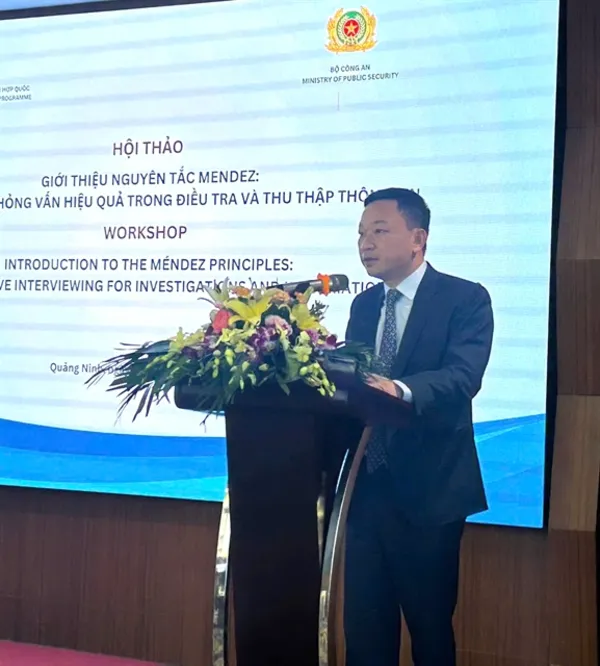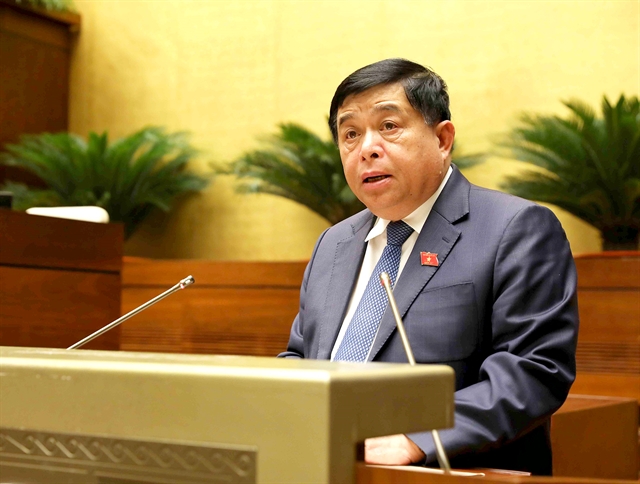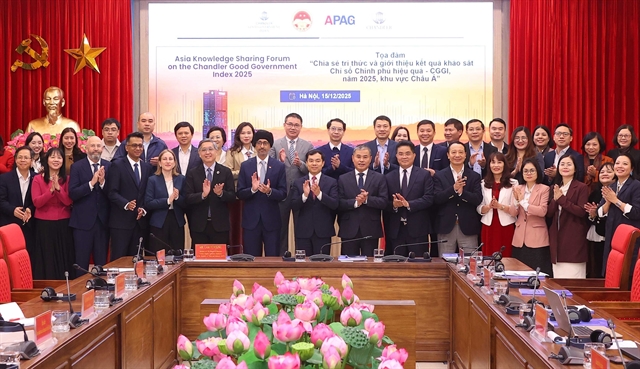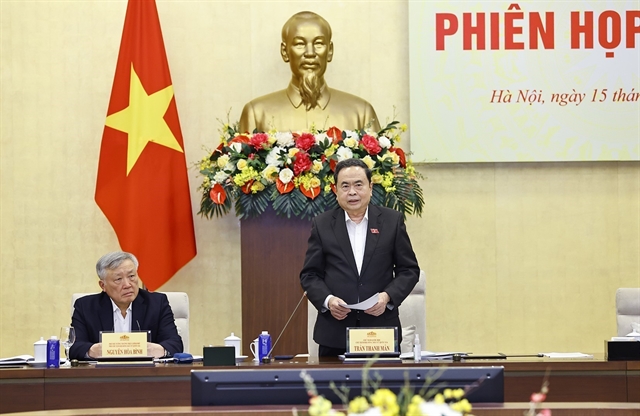 Opinion
Opinion
.jpg)
 |
| Minister of Planning and Investment Nguyễn Chí Dũng. VNA/VNS Photo |
Significant global interest from major businesses and corporations in investing in Việt Nam's semiconductor industry development has been observed. What steps has Việt Nam taken to embrace this impending investment influx?
The Government has tasked various ministries and branches, focusing on the Ministry of Planning and Investment (MPI), to execute multiple responsibilities, showcasing preparedness to accommodate the forthcoming wave of investment in the semiconductor industry within Việt Nam.
The Government assigned the Ministry of Information and Communications to formulate a strategy for developing Việt Nam’s semiconductor industry up to 2030. According to the Minister, the Ministry of Information and Communications is in the final stages of crafting the strategy and will soon present it to the Government for approval.
Simultaneously, the Government and the Prime Minister mandated the Ministry of Planning and Investment to lead and develop a project to cultivate human resources for the semiconductor industry in Việt Nam by 2030. The target is to train 50,000 semiconductor industry engineers, signifying a dedicated effort towards bolstering the workforce in this critical sector.
Regarding chip design, notable strides have been made as we established the National Innovation Center (NIC) and entered into a collaborative agreement with two prominent chip design giants in the United States, Synopsys and Garden. This collaboration aims to establish a cutting-edge research centre dedicated to chip design within the facilities of the NIC.
Despite various policy mechanisms supporting high-tech industries, the recent National Assembly session further solidified the commitment to this sector. The National Assembly passed a Resolution tasking the Government with developing a Decree to institute an investment support fund specifically tailored for high-tech industries, including the burgeoning semiconductor sector.
Turning our attention to infrastructure, localities are proactively gearing up. Firstly, in terms of land infrastructure, efforts have been focused on expeditious site clearance, creating pristine locations ready to cater to semiconductor businesses. Secondly, strategic transportation infrastructure linking economic hubs, seaports, and airports is undergoing reinforcement. Moreover, localities are addressing crucial aspects of information technology, electricity, water, and social infrastructure to accommodate the workforce's needs within the semiconductor industry.
In summary, the confluence of efforts in complex infrastructure, soft infrastructure, policy mechanisms, research and development, strategy, and especially the emphasis on human resources underscores the reasonable and timely direction set by the Government and the Prime Minister. This strategic approach positions Việt Nam to not only master but also actively participate in a more profound capacity within the value chain of the global semiconductor industry.
Experts say human resources are today's most significant problem in developing the semiconductor industry. The Ministry of Planning and Investment is the agency assigned to write the project to create Việt Nam’s semiconductor human resources. Could you please share more about this?
Human resources are today's most critical concern, not solely confined to the semiconductor industry but spanning all socio-economic sectors, particularly the high-tech domain. The Ministry of Planning and Investment is in the final stages of implementing the project development process. We have diligently conducted systematic surveys, research, and project completion, seeking input from domestic and foreign experts and various ministries and branches. Submitting the project to the Government is imminent, possibly within the next month.
In line with this, our nation aims to train approximately 50,000 engineers, 1,000 masters, and 100 doctors - individuals dedicated to in-depth research in the semiconductor field. This training may occur domestically or abroad, incorporating student and teacher exchange programs.
Noteworthy is the focus on new training and retraining individuals employed in industries closely aligned with the semiconductor sector, aiming to speed up the process and ensure the target is achieved. Close coordination is imperative among ministries, branches, research facilities, and universities, with approximately 30 major universities in the country already engaged in this program.
To materialise these objectives, we have signed a cooperation agreement with the University of Arizona, recognised as the most extensive training ground in the US for the semiconductor industry, in collaboration with the US government.
Additionally, we intend to seek and mobilise diverse resources, including state, private, and non-refundable support, to implement the project. A comprehensive report will be submitted to the Government to synthesise resources and promptly execute the assigned tasks.
In the context of increasing competition to attract FDI and the impending application of the global minimum tax in 2024, what solutions does Việt Nam have to support domestic and foreign enterprises participating in semiconductors' manufacturing and supply chains?
Intense competition exists among countries globally, especially within the semiconductor industry, as all nations recognise the substantial benefits, potential, and scale projected to surpass US$1,000 billion by 2030. The ability to promptly and decisively implement appropriate policies is crucial for any country capitalising on this burgeoning wave.
Việt Nam is actively engaging in this competitive landscape. The Government, led by the Prime Minister, is energetically guiding the Ministry of Planning and Investment, along with relevant ministries and branches, to create optimal conditions for embracing the impending investment surge. Our strategic approach involves establishing a comprehensive roadmap and a systematic, foundational direction. Swift deployment to meet immediate human resource requirements and continuous refinement of institutions, mechanisms, and policies are vital priorities.
In response to valuable recommendations from businesses, encompassing preferential tax structures for the semiconductor industry, policies for intellectual property protection in the new technology sector, mechanisms for research and development centres, and digital infrastructure development, we are collaborating with ministries and branches to synthesise, research, and present comprehensive proposals to the Prime Minister. The goal is to formulate highly competitive policies that address the dynamic needs of the semiconductor industry.
I maintain hope and confidence that our strategic direction and timely decisions will position us effectively to master and seamlessly embrace the significant wave within the semiconductor industry today. VNS
.jpg)



